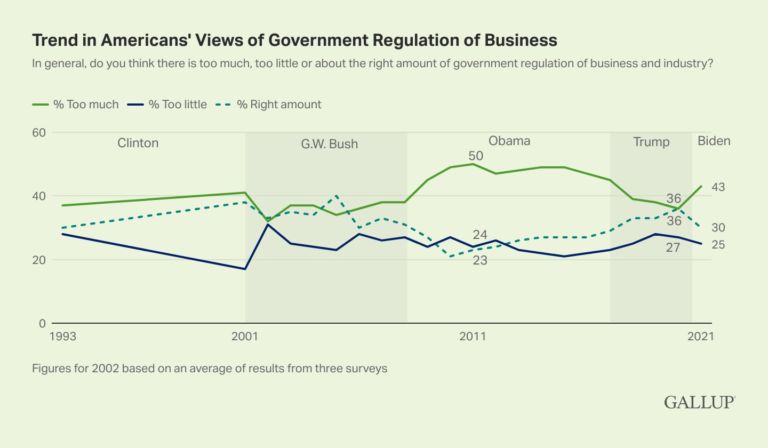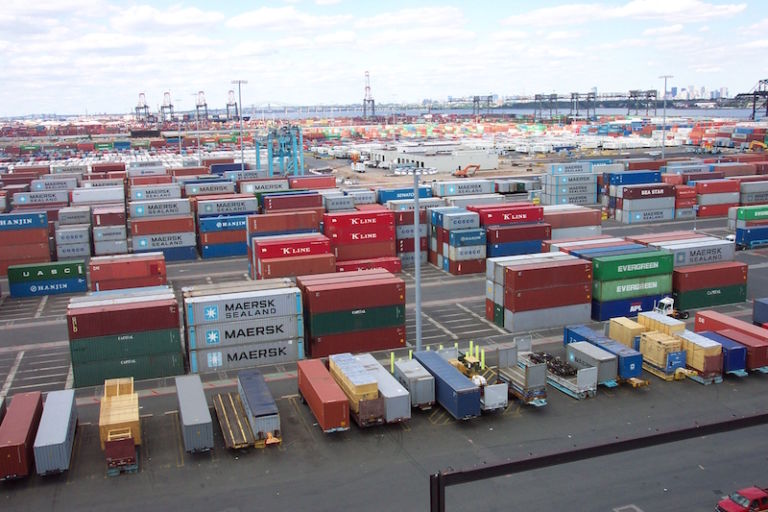Editors at USA Today use the sad story of Sears during this holiday season to remind us about the role of capitalism.
The company that’s mostly an afterthought this Black Friday or Cyber Monday should have been positioned to thrive in the digital age, not surrender to it. In fact, it has eerie parallels with Amazon.
In the early 20th century Sears, Roebuck & Co. was America’s dominant company in the home delivery of merchandise. It ran this catalog-based business for decades before it opened its first store in 1925.
Like Amazon, Sears used its retailing strength to expand into related industries. It launched its own merchandise brands, such as Kenmore and DieHard, created Allstate Insurance, and even ventured into the stock brokerage and real estate brokerage businesses.
At one time, it owned and occupied the tallest building in America, the Sears Tower in Chicago. It even had the foresight to partner with CBS and IBM in an early Internet portal known as Prodigy.
But by the time Amazon was founded in 1994, Sears had become interested in little but protecting its increasingly ho-hum brick-and-mortar stores.
In its final chapter, an appropriate coda has been written by CEO Edward Lampert. The hedge fund manager turned executive has tried to compensate for Sears’ decline by merging it with Kmart, through financial engineering and by micromanaging from the top.
It hasn’t been working. A decade ago, the company had 3,400 stores and a stock price of $144. Now it has 1,250, roughly evenly divided between Sears and Kmart. Its stock trades at a little over $4.
Sears, like other companies, is failing in part because it did not understand that this is an age of visionaries, not administrators. The wildly successful companies of today, including Amazon, did not merely ride the waves of change that swamped the likes of Sears. They created them.


